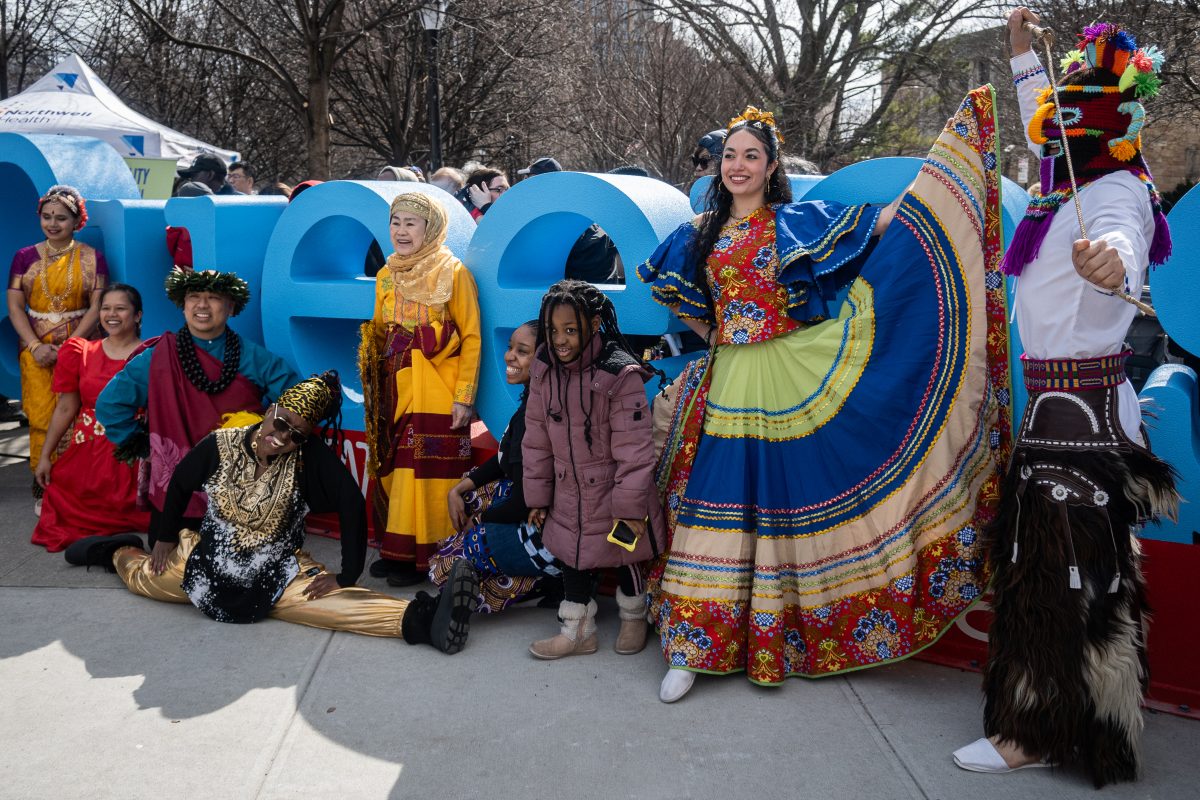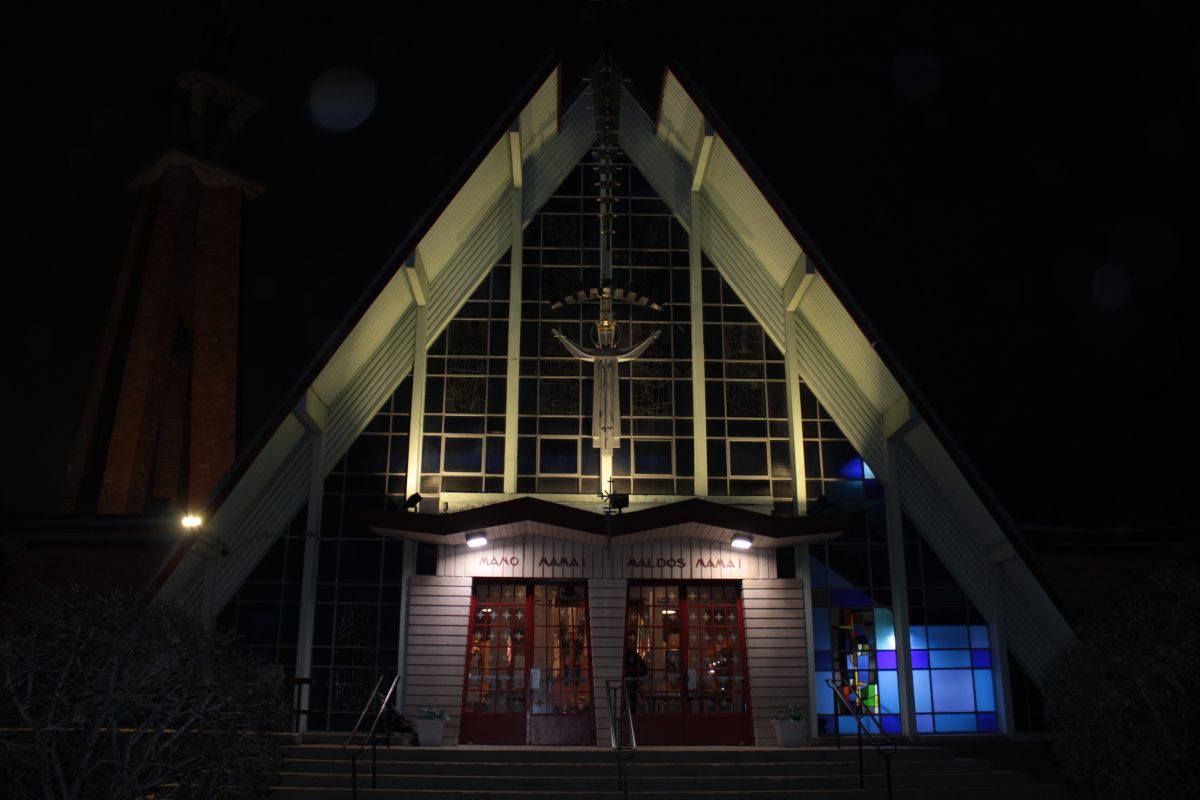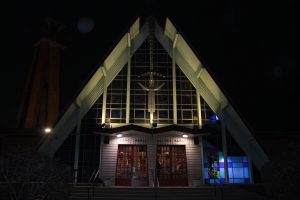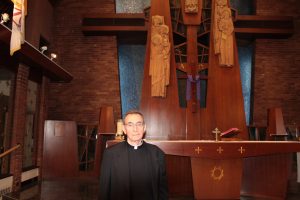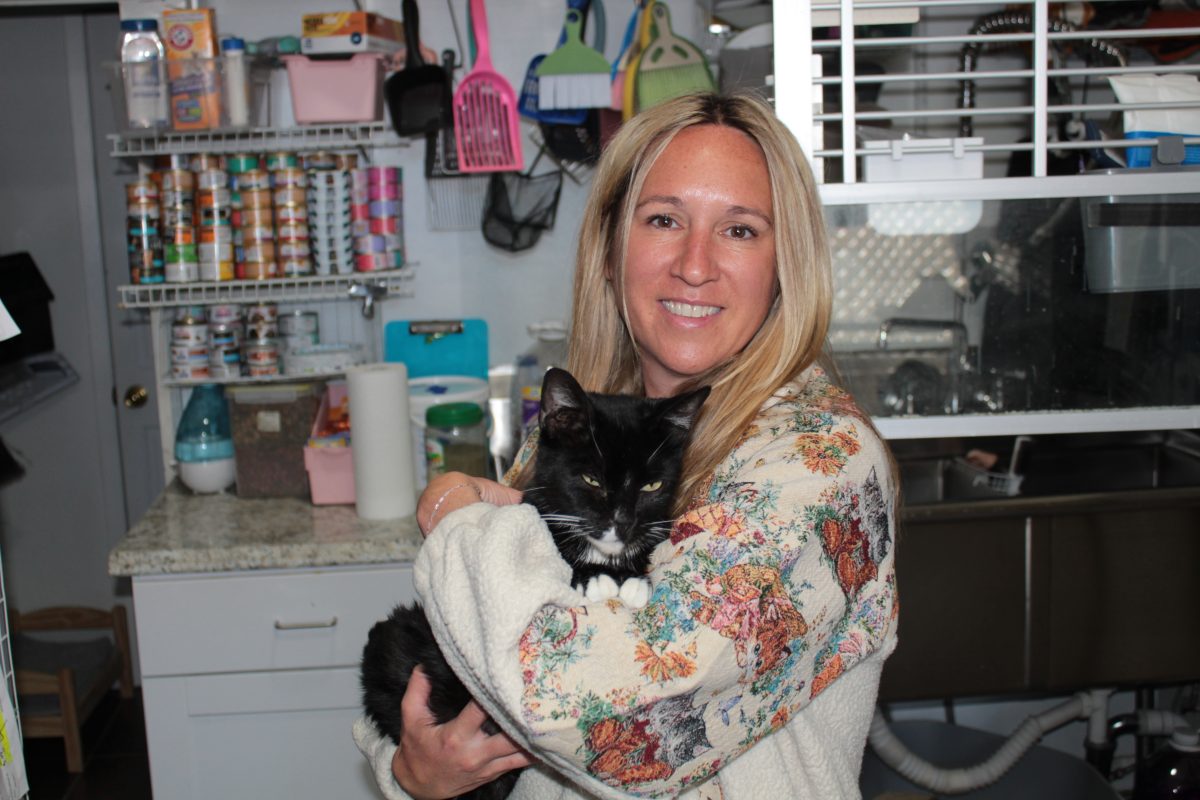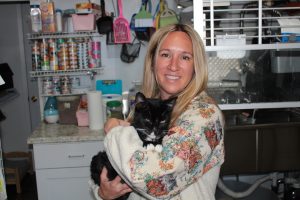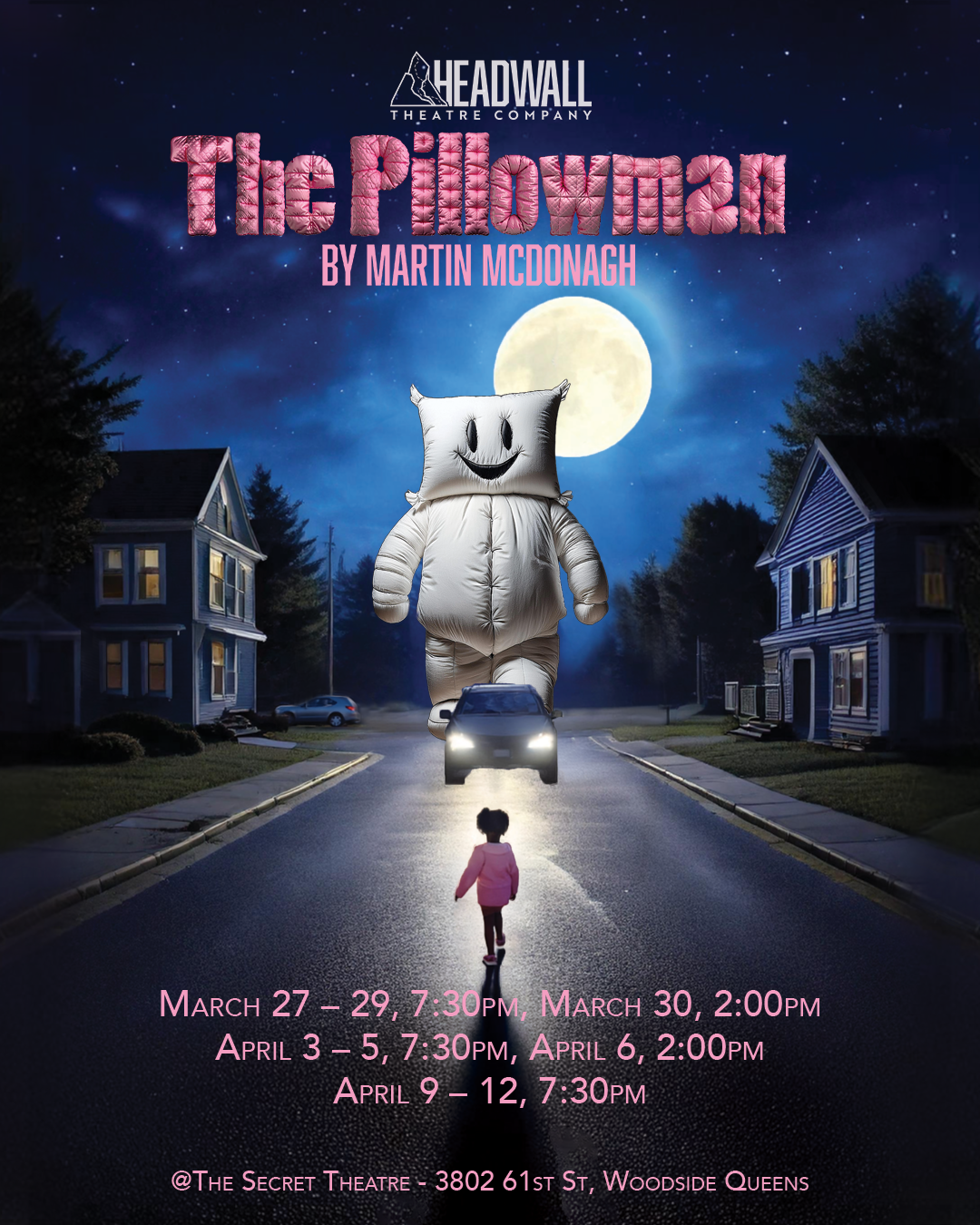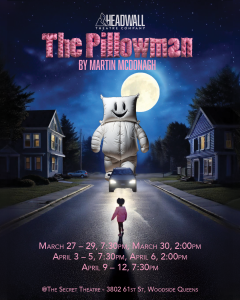“Queens, The World’s Borough” Sculpture Unveiled at MacDonald Park” Park

By Alice Moreno
On March 22, hundreds of Queens residents came together to celebrate community, diversity, and love with the unveiling of a new sculpture at MacDonald Park in Forest Hills. The sculpture — a blue, red, and white (the borough’s flag colors) statue in the same typewriter font used during the I ❤ NY campaign that says “Queens, The World’s Borough” — is based on the borough’s tagline. Queens houses people from all over the world; in fact, there are more than 130 languages spoken in the borough alone.
The celebration kicked off with speeches from Larry Ng, who designed the sculpture, and various Queens officials, such as the borough president Donovan Richards, Jr. and District Attorney Melinda Katz. Representatives from Northwell Health and Queens Rising were in attendance as well, who helped organize the event. Even Mrs. Mets, the mascot of the New York Mets attended, bringing smiles to patrons and children alike.
All speeches given had a common theme: their love for their borough.
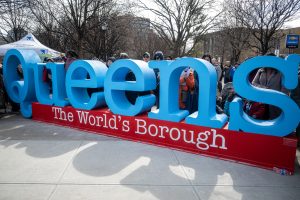 MacDonald Park”
MacDonald Park”
“To all of my friends in Queens County, we are an amazing borough,” said Nedelka Sotelo, a representative for Queens Rising, during her speech. “We make it work, every single day. We work together, we live together, [and] we go to school together. Our kids play together […] and we do it all year.”
Dancers then came to dazzle audiences with their impressive moves. In collaboration with Queens College School of the Arts, a salsa group from Queens Rising spun and moved their hips with rhythm to songs such as “Tu Con El” by Frankie Ruiz. They invited audience members to dance with them, with a sea of smiles surrounding the sign as everyone danced along.
Queensboro Dance Festival also had dancers perform after the sculpture unveiling, showcasing the vast diversity of cultures in the borough. Countries such as Colombia, India, West Africa, and the state of Hawai’i each moved in a circle, each taking their turn in the middle to do a dance representative of their culture.
“It’s very important for oneself to grow [and] adapt to the world and its obstacles,” said Valentina Olaya-Florez, a Colombian dancer from the Queensboro Dance Festival. “And I think it really helps to showcase that cultural identity. It’s important to understand and learn and teach to other people that it’s knowledgeable to connect with that part of yourself and your culture […] and to share that with the world as well.”
Towards the end of the event, a raffle was held, giving away three miniature versions of the sculpture and taking home a piece of Queens history.
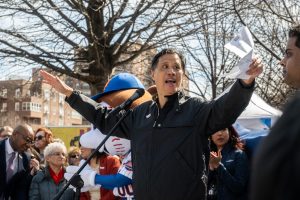
This groundbreaking moment for Queens wouldn’t have occurred without the help of Larry Ng, the sculpture’s designer.
Ng always felt that the borough is underrepresented. Between Manhattan being the epicenter and Brooklyn becoming a trendier spot for 20-somethings, he was interested in finding something unique about Queens. After doing some research, he came to realize how grandiose Queens diversity is, being home to 190 nationalities and even being in the Guinness Book of World Records for being the “most ethnically diverse urban area on the planet.”
After his discovery, Ng was on a mission to bring a sculpture to life, highlighting the borough’s tagline: “The World’s Borough.”
Initially, the sculpture was originally going to be a Spider-Man sculpture, as he is regarded as a Queens icon and the character originated from Forest Hills. As Ng began to find new ideas, Kevin Sanichara — organizer of the unveiling event and one of the designers and coordinators of the sculpture — listened in and shared his grievances. Since then, Sanichara, alongside a team of architects, supporters, and volunteers, came together with Ng to bring the sculpture to life.
“I was like, ‘Man, it sucks [that] you couldn’t get the Spider-Man’ [sculpture] up,” said Sanichara to Ng upon their first meeting. “But we didn’t want to give up, [so] we decided to kind of bring a storm and put this together, and we want to do something for Queens.”
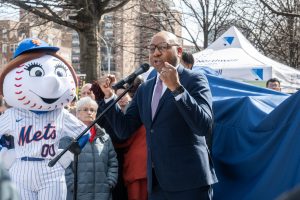
The concept of the sculpture also came with a multitude of support from corporations and government officials alike. Northwell Health had heard about the initiative and offered their help by donating a large sum of the budget.
From a $50,000 budget, Ng received vast donations from Northwell Health, private donors, and even a small GoFundMe campaign that was held, in which $5,000 was raised.
“Northwell Health was instrumental in making [the sculpture] happen,” said Ng. “They gave money, they helped […] they reached out to [the] community. So, therefore, I really owe a lot to Northwell Health.”
In addition, the New York City Department of Parks and Recreation expedited its efforts into making the sculpture a part of the “Arts in the Park” program, which helps preserve and celebrate public artwork.
With a central location on Queens Boulevard and easy to spot from any angle, the new “Queens The Worlds Borough” statue brings community together, celebrating the idea that Queens is indeed, home to the world.
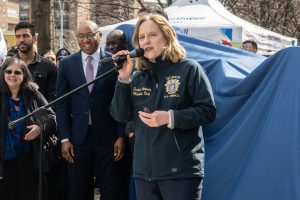
“When I was kind of working with [the sculpture during installation, ] I saw so many people take photos with it, especially little kids,” said Ng. “[These] two little girls jumped up [and said], ‘Mommy, mommy, I want to take a picture!’ So one wanted to sit on the “U” [and one] wanted to stick their head out of the Q. It’s kind of like, it’s just very heartwarming.”
To learn more about the “Queens, The World’s Borough” sculpture, visit https://www.queens-nyc.com/





